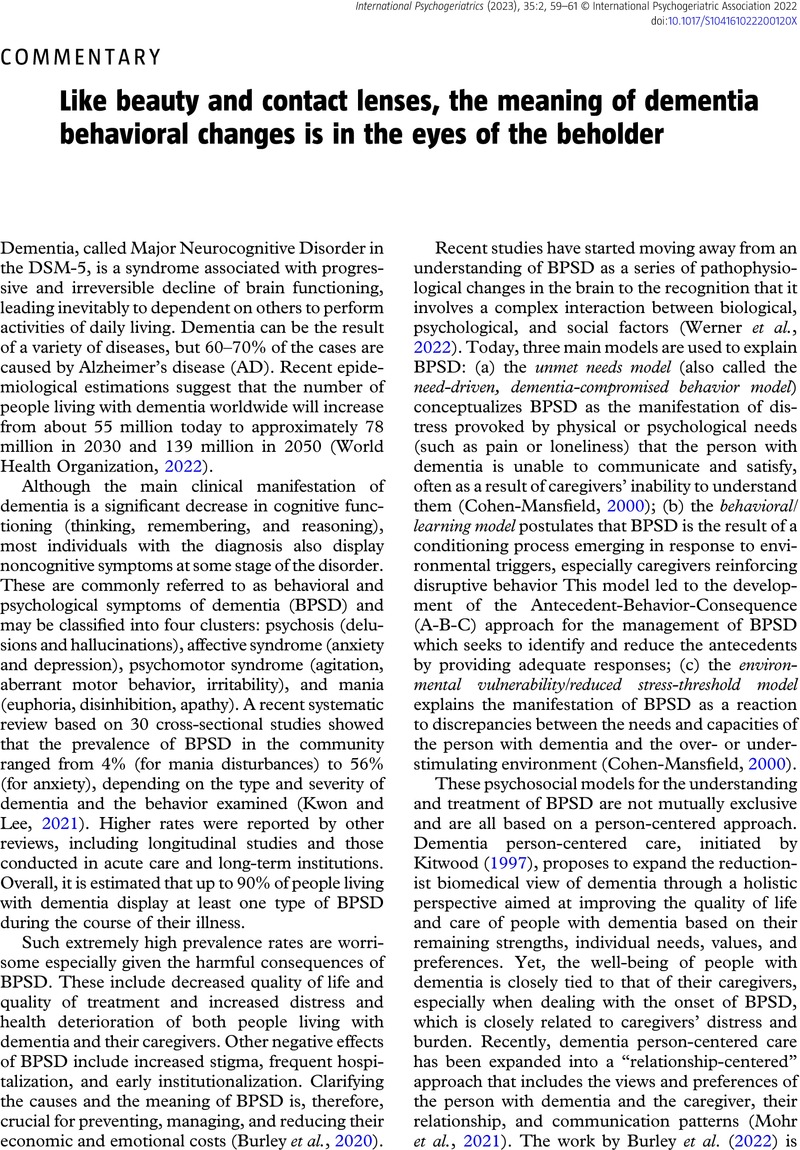Crossref Citations
This article has been cited by the following publications. This list is generated based on data provided by Crossref.
Hassan, Mubashir
Yasir, Muhammad
Shahzadi, Saba
Chun, Wanjoo
and
Kloczkowski, Andrzej
2024.
Molecular Role of Protein Phosphatases in Alzheimer’s and Other Neurodegenerative Diseases.
Biomedicines,
Vol. 12,
Issue. 5,
p.
1097.



